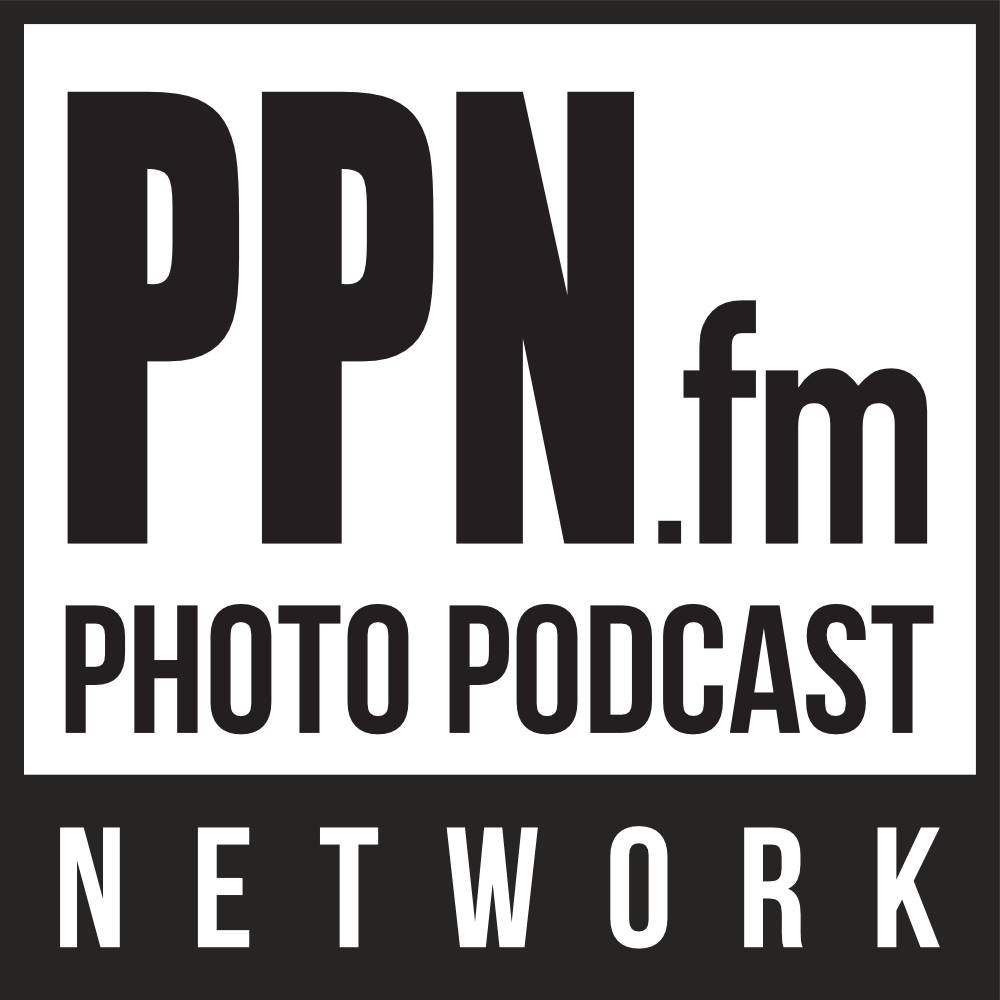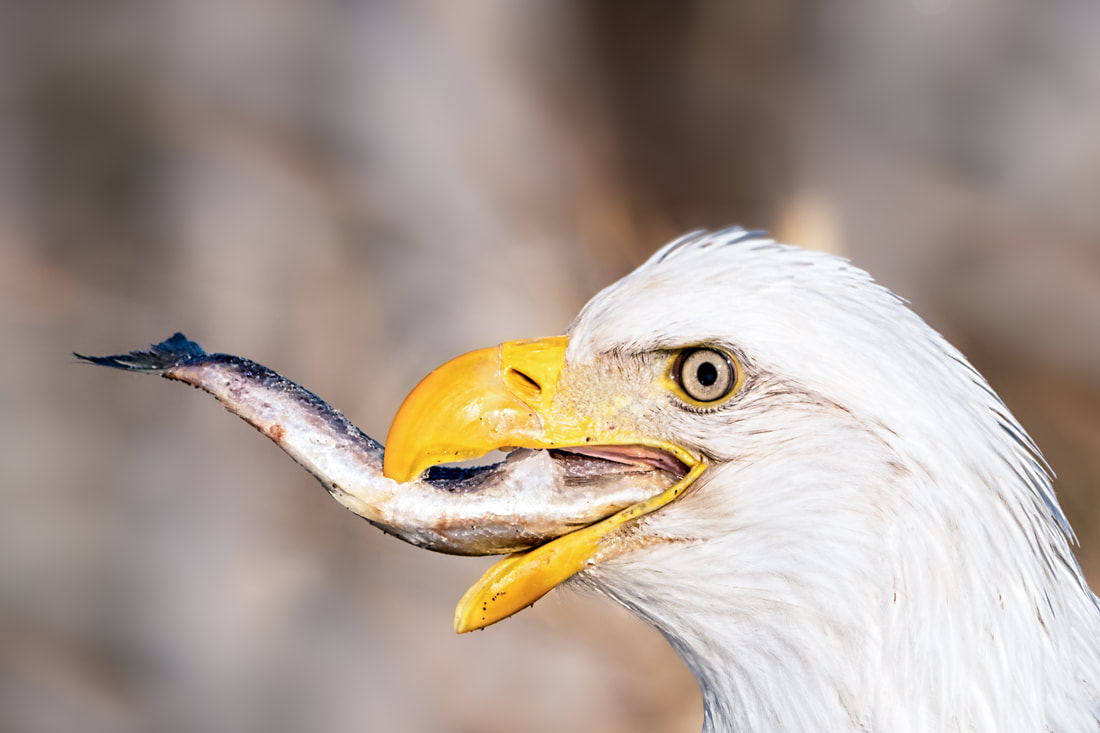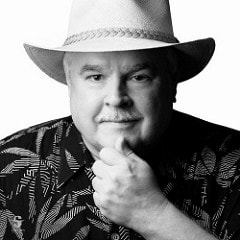|
The More Gear Show topic this month is: Prime v. Zoom Lenses Follow @Photopodcasts on Twitter Email: [email protected] with questions or use the form on our website You’ll find a visual presentation of these show notes here: https://spark.adobe.com/page/pNsx6L2onZBBB/ Prime v. Zoom Lenses. It's one of those age-old battles like Mac v. PC, or Xbox v. Playstation. While it's a subject that brings out passionate views from both sides, my goal in this presentation is not to take sides, but to give photographers a basic primer on the two types of lenses so that they can make better informed buying decisions. I do have my own opinions and will share them. At the end of this presentation, I will mention some of the lenses I use. For those who are new to all this, a prime lens is merely a fixed focal length lens. It just means that unlike your 70-200mm zoom lens that allows you to use focal lengths between 70mm and 200mm, a prime lens will only shoot at a fixed length. Some common prime lens lengths are 24mm, 35mm 50mm, 85mm, 100mm, 200mm, etc. Here’s a rundown of the main advantages prime lenses have over zooms… 1. Prime lenses tend to be “faster” than zooms. What I mean by that is that they have a larger aperture (lower f-stop number) and allow more light into the camera. 2. Prime lenses tend to be sharper because they tend to have fewer optical compromises. Zooms require more lens elements and moving parts which could impact sharpness. 3. Prime lenses are typically smaller and lighter than their zoom-lens equals. 4. Prime lenses force you to think more about composition since you can’t just zoom your way out of a problem. 5. Prime lenses (at least the great ones) may offer you more control over your photography. They have features like depth-of-field scales (used for hyper focal distance calculations) or aperture rings. There are three primary disadvantages to all these features… a. You have less flexibility. b. You have to buy and carry more lenses to achieve coverage of the same focal lengths. c. Good prime lenses can be expensive. The basics of zoom lenses… A zoom lens is a mechanical assembly of lens elements for which the focal length (and thus angle of view) can be varied, as opposed to a fixed focal length lens. The main advantage of zoom lenses is flexibility. You can carry just one lens that covers a wide range of focal lengths. As for which is better, primes or zooms, the answer is (as it always in with photography) IT DEPENDS. It depends on what you want to accomplish, your skill level, the type of photography you practice and your budget. As for my own preferences, I generally prefer primes. When I have a choice, I shoot with primes, but there are indeed times when I want a zoom lens. They are affordable, flexible, convenient and versatile. The Olympus M.Zuiko Digital ED 40-150mm f/2.8 PRO Lens is one of my favorite zoom lenses for bird photography. There are times when it is just the best choice. Otherwise, I tend to use my Olympus M.Zuiko Digital ED 300mm f/4 IS PRO Lens and may use the Olympus M.Zuiko Digital MC-14 1.4x Teleconverter when I need more reach. I almost photograph birds exclusively using these lenses with one exception. When I am at places in the Alligator Farm or Gatorland and I can get very close, I will use a lightweight zoom lens, the Olympus M.Zuiko Digital ED 12-100mm f/4 IS PRO Lens which is great for hand-held flight shots when the birds are close. Conclusion Everything in photography involves a trade off. Zooms typically have more flaws than prime lenses but primes are more expensive and you have to carry more of them. Even though I prefer primes, I am NOT saying you shouldn’t buy a zoom lens. As you can see, I do own two myself. And the good news is that today's zooms are better than ever before. I do believe (especially for those shooting video or those who need super telephoto lenses) that a very fast prime lens is the best way to go, if budget allows. Your mileage may vary. If you are unsure of which way to go, my advice is to rent before you buy and put each lens you're considering through its paces. Decide if it's right for you and then pull the trigger. Please support our show by using our B&H affiliate link (click here) that will not cost you a penny more than when you are buying at B&H without our link. And the more this link will be used to buy at B&H, the more giveaways we’ll be able to give back to our listeners through B&H. It really is a “win-win” situation :) And please share this podcast with your friends and subscribe via iTunes. We would also love to get your feedback. Is there anything that you want us to cover on the show in the future? And we would appreciate if you could take a short moment to rate or post a quick review about our shows on iTunes. For more information on Scott Bourne follow him on Twitter: @ScottBourne For more information on Marco Larousse follow him on Twitter: @HamburgCam AuthorScott Bourne is an Olympus Visionary and a professional wildlife photographer, author and lecturer who specializes in birds. He was one of the founders of This Week In Photo, Founded Photofocus.com and is co-founder of the new Photo Podcast Network (www.photopodcasts.com.)
2 Comments
John
10/24/2017 15:56:03
Well, I'm a prime guy now. Shoot Canon and zooms my whole life but was getting tired of the big camera and lenses. Dropped my 5DIII and 70-200 L4 and damaged them both. while they were in for repair bought a Fuji X100S. So I had to learn to shoot at a single focal length. My composition got better! Checked my Lightroom history and found out I was shooting about 95% of my shots at 24mm and 85mm so I decided to switch to fast primes. Great Canon fast primes are expensive. Great Fuji primes are about half the price of great Canon Primes. XT-1 and now an XT-2. 16mm, 23mm, 56mm and 90mm. Fast, light, sharp and each of those lenes did not have a comma in the price tag. Once or twice a year I need a big zoom and I rent it. The only zoom I really miss was my ultra wide Tokina zoom. Waiting for Fuji to offer a new wide, fast zoom. us old guys are really tired of carting around heavy gear
Reply
Byron Robb
10/28/2017 02:06:41
HI, Scott. I really enjoyed this podcast, as I do all of them. SO, I have a question about a particular prime lens. I mostly use zooms on Canon full frame bodies. I have had the popular 50mm f1.8 since 2008, but I haven't used it much. Mostly for macro with extension tubes. For some reason, I put it on a camera and shot a photo at 1.8. I couldn't believe what I saw. The image was so blurry it was useless. Total garbage. A few test shots showed that it is good at 3.5 and up, but totally useless any wider than that. I have tried it on 3 cameras and calibrated it for those cameras and the same result each time. Do I have a lemon or is this a common problem with that lens? I almost threw it away, but I can still use it for macro. Do you know much about the Yongnuo 50mm? I ordered one as an inexpensive alternative.
Reply
Your comment will be posted after it is approved.
Leave a Reply. |
PODCASTSPPN - Photo Podcast Network - Your source of photography inspiration, education, information, and entertainment. We cover it all in our shows. Subscribe to PPN for free in Apple Podcasts or your favorite podcast app. Archives
October 2023
CategoriesAll Camera And Inspiration More Gear Show Podcast Q&A We Shoot Mirrorless |
Copyright 2017 - 2021 - All Rights Reserved








 RSS Feed
RSS Feed